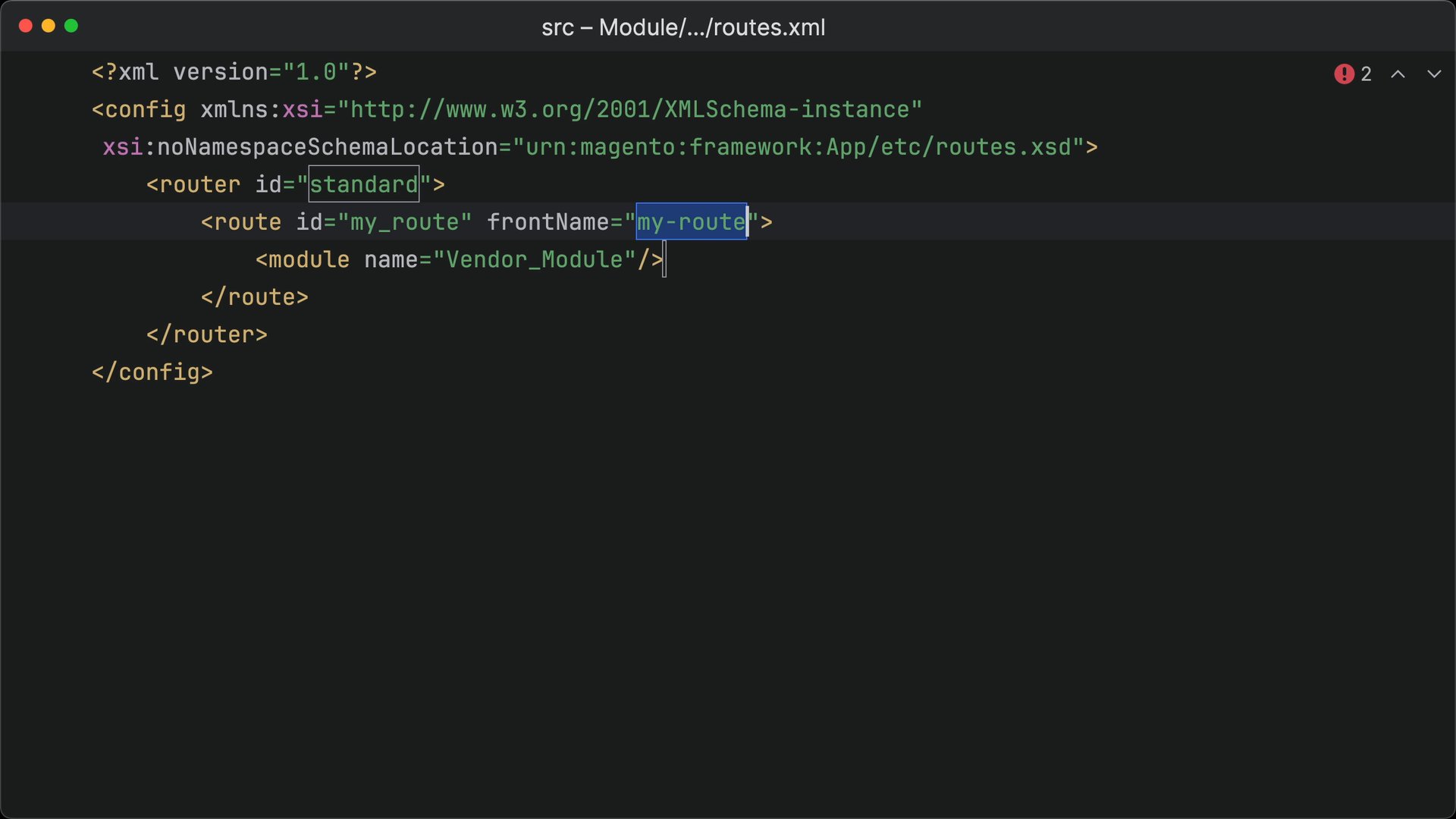Create a custom route in Magento
Add a new route to your Magento store to handle specific URL patterns.

Only available to enrolled or University students.
Join today to unlock hundreds of premium lessons.
Add a new route to your Magento store to handle specific URL patterns.